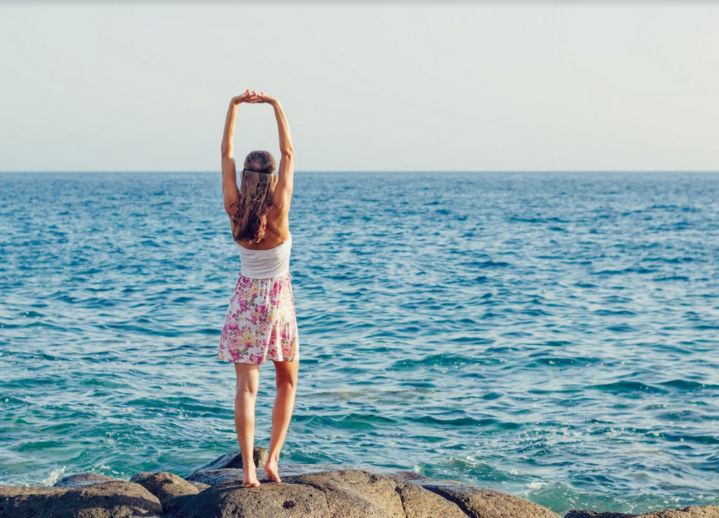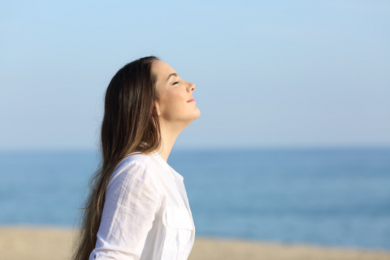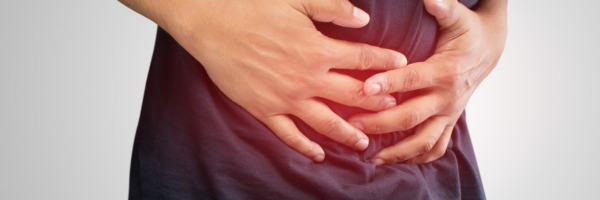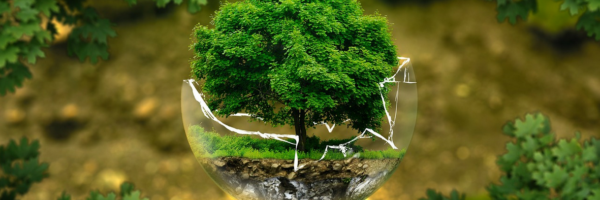
Breathing for your health
Recently I was on the receiving end of an accident, (not car), where my intercostal muscles have been severely strained and bruised. I have been reading and practicing breathing techniques for many years and thought how pertinent to write on the subject now. We take our first breath when we are born and from that moment on, it is totally automatic. During our life, accidents, ailments, illnesses, anxiety, sadness, elated emotions can change that, however let’s talk in general first. We never truly have to think about our breathing. We wake each day and the breathing continues but more importantly it continues in our sleep state. It’s sad to think that the first thought when one wakes up is what is happening on their phone, not that their diaphragm is working. The rhythm of our breathing at night changes, depending on our sleeping position, back, front, side or nasal obstruction which may cause snoring or other breathing concerns, such as sleep apnea.
We wake each day and we don’t think about it. Our breathing will change during the day depending on our activity. Exercise potentially increases our breathing pattern, along with anxiety, shock, anger, laughing, fear, sadness, delight to name but a few changes in breathing habits. However, we rarely think about how it changes, when in that state or how and when does it change back to its normal rhythms. The majority of people don’t think about the action of breathing until something happens. So let's go over what the body is doing for each inhalation and exhalation. When you breathe in, or inhale, your diaphragm contracts and moves downward. This increases the space in your chest cavity, and your lungs expand into it. The muscles between your ribs also help enlarge the chest cavity. They contract to pull your rib cage both upward and outward when you inhale. As your lungs expand, air is sucked in through your nose or mouth. The air travels down your windpipe and into your lungs. After passing through your bronchial tubes, the air travels to the alveoli, or air sacs.

The lungs bring oxygen into the body when breathing in and send carbon dioxide out of the body when breathing out. Carbon dioxide is a waste gas produced by the cells of the body. The process of breathing in is called inhalation. The process of breathing out is called exhalation. During this process, the chest wall expands out and away from the lungs. … Upon exhalation, the lungs recoil to force the air out of the lungs. The intercostal muscles relax, returning the chest wall to its original position. During exhalation, the diaphragm also relaxes, moving higher into the thoracic cavity. There are many names for the process of breathing or what it may be in this invisible form from different cultures around the world. The breath may be referred to as Prana in Sanskrit text, Ruah from the Hebrew and Pneuma from Greek which means breath or spirit in their translation. Chinese call the energy of life itself, Qi or Ki. The very breath of life that flows through everyone. In this extremely busy manmade life of ours people are getting even more shallow with their breathing.
Over time we have moved away from full deep breath, to only the top third of the lungs get filled and now I see more and more people breathing even less, just short gasps. People are holding their breath when they read their phone or play a video game. When we hold our breath or do not fill the body with oxygen it starts to send the body into a shock state. All modern day phenomena such as computers, emails, phones, driving, moving through the day to “the next thing” always in a hurry. The body is always in flight or fight mode which in turn is putting our sympathetic nervous system on high alert. When we are in this state, the body releases cortisol and adrenaline which causes blood sugar and fats to move into our flight or fight mode. At the same time these hormones raise our heart rate and blood pressure, decrease our immune system and causes the energy that we need for digestion, reproduction and elimination to be moved away from those functions.

All of these process of computers, emails, phones, driving, moving through the day to “the next thing” always in a hurry. The body is always in flight or fight mode which in turn is always putting our sympathetic nervous system on high alert. When we are in this state, the body releases cortisol and adrenaline which causes blood sugar and fats to move into our flight or fight mode. At the same time these hormones raise our heart rate and blood pressure, decrease our immune system and causes the energy that we need for digestion, reproduction and elimination to be moved away from those functions. Not only are people having neck problems because they protrude their head towards the computer screen, the shoulders are rounded and the lungs cannot expand.
In scientific research now being conducted and explained by Technologist Julian Burschka there is breakthrough science of breath analysis. This is the screening of volatile organic compounds found in your exhaled breath. We tend to assume that we breath out carbon dioxide. However we breath out a lot more than that. This research is looking at the potential of what we breath out that may be either causing an illness or setting us up for an illness. It’s centred on screening the volatile organic compounds in exhaled breath. There is a very long way to go, however once again, if we listen to the body and pay attention it is always sending us messages. What can be done to improve our breathing patterns? There are endless videos demonstrating, techniques to help everyone come back to the simplest of action, taking a breath and exhaling out what we don’t need.
In the passage of The Anapanasati Sutra this beautiful writing is about the path to mindfulness and how right in front of us, “at the tip of our nose”, breathing. The chapter is a wonderful explanation of awareness, mindfulness and of course breathing. In the many variations of yogic breathing there is, Nadi Shodhana or Alternate Nostril Breathing, Sama Vritti or Equal Breathing, Abdominal Breathing Technique, there are guided breathing meditations where you breath into each part of the body and relax each part. One of the breathing techniques that I like is the 4-7-8. This I first saw in a TEDx talk by Max Strom and he had the entire crowd breathing in this rhythm. To use the 4-7-8 technique, focus on the following breathing pattern: empty the lungs of air. Breathe in quietly through the nose for 4 seconds. Hold the breath for a count of 7 seconds.
What is the message here for everyone? Breathing techniques are to calm us down, bring our overall body to a calm and quiet place to work from to help heal our body when angry, upset, anxious or frightened for example.
When you breath with intention during a mediation and focus on your breath, you cannot have a thought. That is why breathing techniques for meditation have always been so important. Anyone guiding you through a meditation, will always say, “if your mind wanders come back to your breath.” This is something that one needs to practice, not only in mediation but during many times of the day. Your body, mind and spirit will be happy. The following quote from C. Joybell C. gives us all something to think about as we are all connected through breathing.
“I am never alone wherever I am. The air itself supplies me with a century of love. When I breathe in, I am breathing in the laughter, tears, victories, passions, thoughts, memories, existence, joys, moments, and the hues of the sunlight on many tones of skin; I am breathing in the same air that was exhaled by many before me. The air that bore them life. And so how can I ever say that I am alone?” C. JoyBell C.
Health and Happiness
Karla Walter
www.5seasonsliving.com



